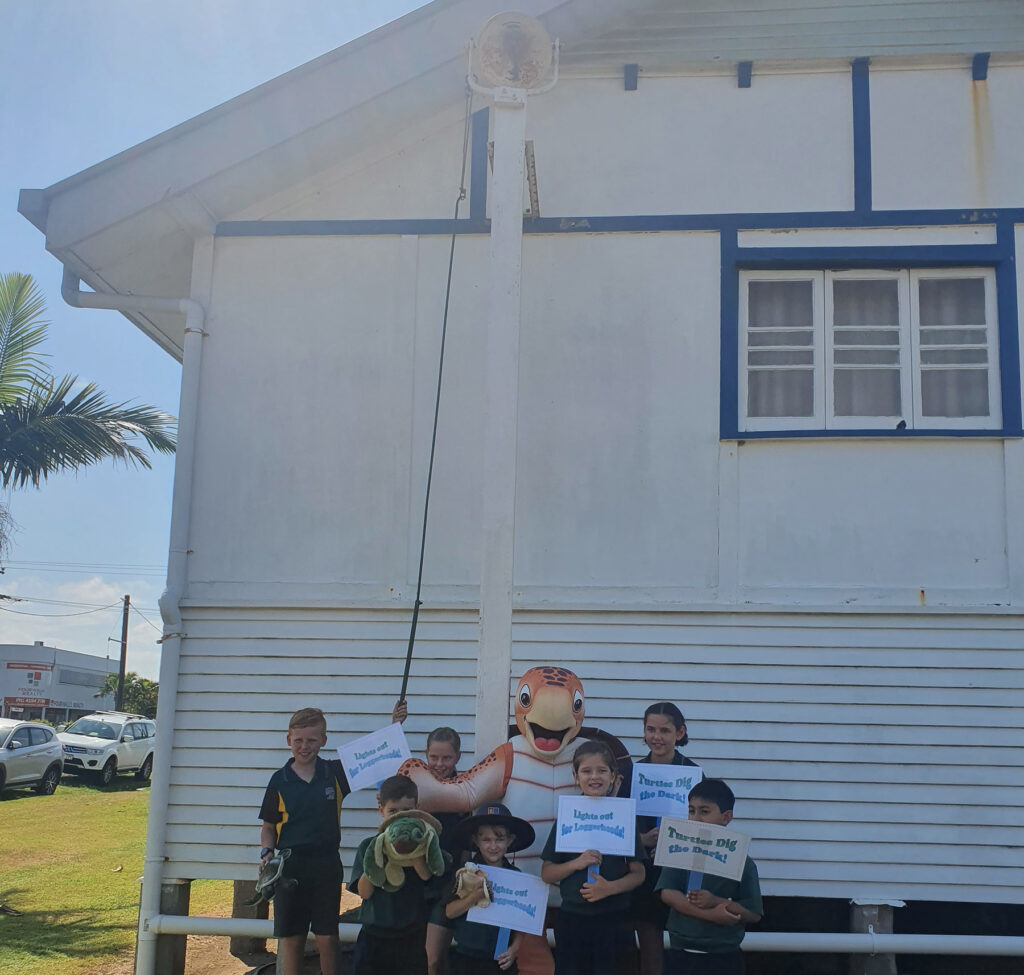
The arrival of a flatback turtle on the shores of Mon Repos on Saturday night, a month sooner than expected, marks the earliest recorded start to nesting season on the Woongarra Coast.
Mon Repos is one of the world’s most important nesting sites and nesting season represents a significant time of year for Bundaberg tourism.
Flatbacks generally lay between 50-60 billiard ball sized eggs.
Member for Bundaberg Tom Smith said on Saturday October 9, the first flatback turtle had arrived on the shores of Mon Repos, 30 days before the first night tour of the season.
He said thanks to the State Government’s $22 million redevelopment of the Mon Repos turtle centre and recent expansion of the conservation area, big visitor numbers were expected this year.
“This is a big time of year for our tourism operators, with Mon Repos’ nightly tours often welcoming 12,000 visitors each season,” Mr Smith said.
“It’s the flatback turtle that usually starts off the nesting season at Mon Repos and this is the earliest recorded beginning to nesting season on the Woongarra Coast.
“To mark the arrival of the first turtle, Bundaberg has the long-standing tradition of ringing church bells.”
The Ringing of the Bells occurred at 2pm on October 12 at the St Peter’s Anglican Church, Bargara.
Often other local churches and schools join in when these bells ring across the region.
Environment Minister Meaghan Scanlon said the ringing of the bells will be music to the ears of tourism operators, with the local economy recovering from the impacts of COVID-19 and the ongoing delivery of the State Government’s economic recovery plan.
“We’ve been prepping for this much-loved time of the year with the installation of 446 new solar panels to power the popular tourism destination almost entirely off renewable energy,” Minister Scanlon said.
“More than 30,000 people visit the Mon Repos Turtle Centre each year – promoting the importance of protecting our turtles and injecting valuable dollars into the local economy – and the electricity used to power the interactive displays, research and turtle encounters are now driven by solar energy.
“It’s part of our record $1.4 billion investment to protect the environment and support jobs as part of our economic recovery plan for COVID-19.”
Mon Repos Acting Ranger in Charge Nicole Murnane said the ringing of the bells was based on an ancient Scottish tradition to welcome back fishing boats returning to port.
“Now, the sound of peeling bells is a tradition that Bundaberg locals and tourists look forward to each year to signal the start of turtle season,” Mrs Murnane said.
“We’re hoping the bells will herald another busy nesting season.
“Last year 352 turtles migrated to nest on the Woongarra Coast and more than 12,000 people joined in our turtle tours at Mon Repos.”
Mon Repos supports the largest concentration of nesting marine turtles on the eastern Australian mainland and has the most significant loggerhead turtle nesting population in the South Pacific region.
The success of nesting and hatching turtles at Mon Repos is critical for the survival of the endangered loggerhead turtle.
Mon Repos Turtle Encounter is the only ranger-guided turtle encounter available on the east coast and is instrumental in the research into turtle conservation.
Visit the Mon Repos Turtle Centre website for more information.




